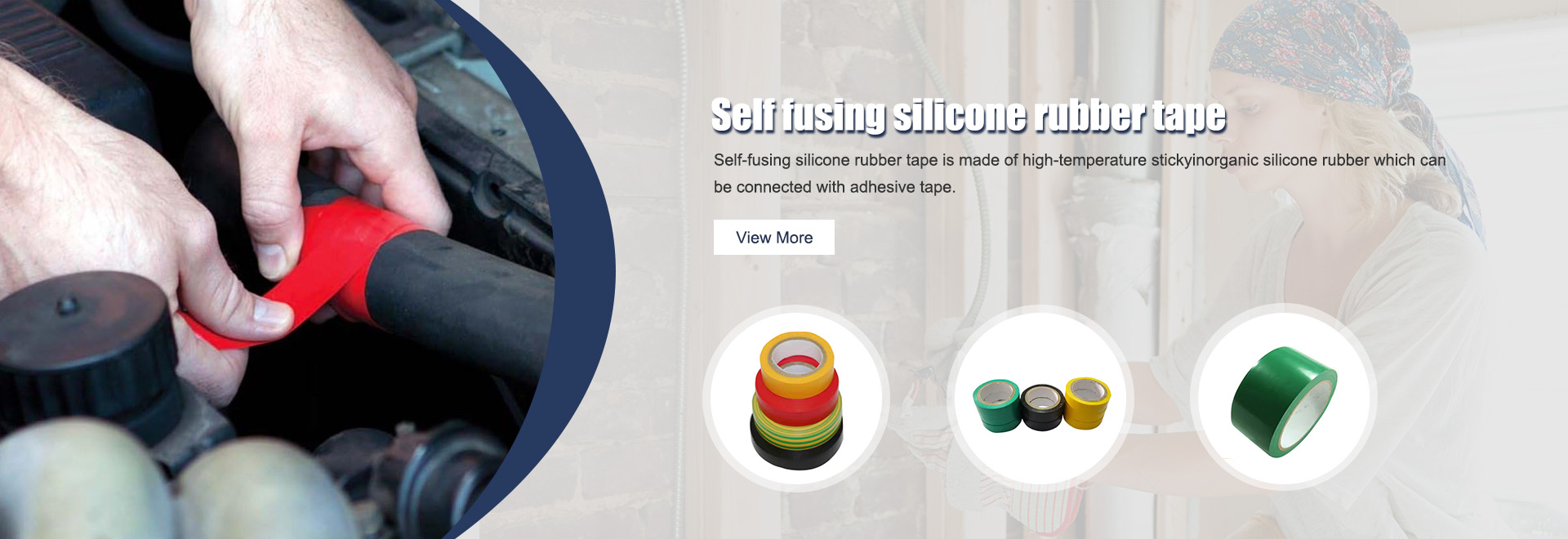Understanding Electrical Insulation Tape Types
Electrical insulation tape is a crucial component in electrical and electronic applications, providing safety and reliability in various environments. This versatile tape is designed to insulate, protect, and secure electrical wires and connections, ensuring the smooth operation of electrical systems. There are several types of electrical insulation tape, each suited for specific applications and environments. This article will explore the main types of electrical insulation tape, their properties, and their typical uses.
1. PVC Insulation Tape
Polyvinyl chloride (PVC) insulation tape is one of the most commonly used types of electrical tape. Known for its excellent insulating properties, PVC tape is highly resistant to abrasion, moisture, and chemicals. It is available in a variety of colors, allowing for easy identification of different circuits and connections. PVC tape is ideal for general electrical insulation, wrapping wire harnesses, and splicing wires. Its flexibility and stretchability make it suitable for various applications, from domestic wiring to industrial environments.
2. Vinyl Electrical Tape
Vinyl electrical tape, similar to PVC, is another popular choice for insulation. It has a high dielectric strength, making it effective for insulating wire connections and preventing short circuits. With good adhesion properties, vinyl tape adheres well to surfaces, ensuring a snug fit around wires and connectors. This type of tape is often used in HVAC applications, automotive wiring, and other areas where moisture resistance is critical. Its temperature resistance usually ranges from -10°C to 80°C (14°F to 176°F), making it suitable for many applications.
electrical insulation tape types

Rubber insulation tape is a premium option for electrical insulation, known for its superior conformability and flexibility. Made from a synthetic rubber material, it provides excellent moisture resistance and can withstand extreme temperatures. Rubber tape is often used in high-voltage applications, as well as in electrical repairs and maintenance work. It is especially useful for wrapping uneven surfaces, ensuring a tight, secure seal. Additionally, rubber insulation tape is self-fusing, meaning it bonds to itself when stretched, resulting in a stronger and more waterproof insulation layer.
4. Mastic Insulation Tape
Mastic tape is another type of electrical insulation tape that is known for its exceptional sealing properties. Typically made from rubber, asphalt, or a polymer-based compound, mastic tape is designed to form a seal against moisture and environmental contaminants. It is commonly used for insulating outdoor electrical connections, especially in cable splices and terminations. The tape adheres well to a variety of surfaces and is ideal for use in underground or exposed applications, where protection against water and dirt is essential.
5. Heat-Resistant Insulation Tape
For applications that involve high temperatures, heat-resistant insulation tape is crucial. This type of tape is often made from materials such as silicone or fiberglass, allowing it to withstand temperatures well beyond those that traditional PVC or vinyl tapes can handle. Heat-resistant tape is commonly used in electrical insulation for motors, transformers, and other equipment that generate significant heat. It can also be used in automotive applications, where components are subjected to high heat levels.
Conclusion
Understanding the different types of electrical insulation tape is essential for selecting the right one for your specific application. Whether you need general insulation, moisture resistance, or high-temperature protection, there is a tape designed to meet your needs. Ensuring the right tape is used not only promotes safety but also enhances the longevity and reliability of electrical systems. Always consider the environmental conditions and requirements of your project when choosing electrical insulation tape, and consult with professionals if unsure about the best product for your application.
-
XIANGFAN Rubber Tape-Ultimate Solutions for All Your Insulation NeedsNewsJun.24,2025
-
XIANGFAN Rubber Tape-Protection for Industrial and Residential ApplicationsNewsJun.24,2025
-
XIANGFAN Rubber Tape: Superior Safety and Sealing for Demanding EnvironmentsNewsJun.24,2025
-
XIANGFAN Rubber Tape: Reliable Solutions for Every Electrical ChallengeNewsJun.24,2025
-
XIANGFAN Electrical & Industrial Tape: Powering Reliability Across IndustriesNewsJun.24,2025
-
XIANGFAN Electrical & Industrial Tape: Excellence in Every ApplicationNewsJun.24,2025
